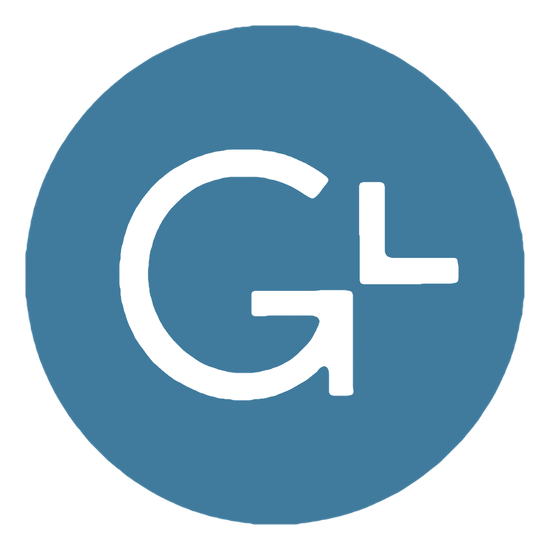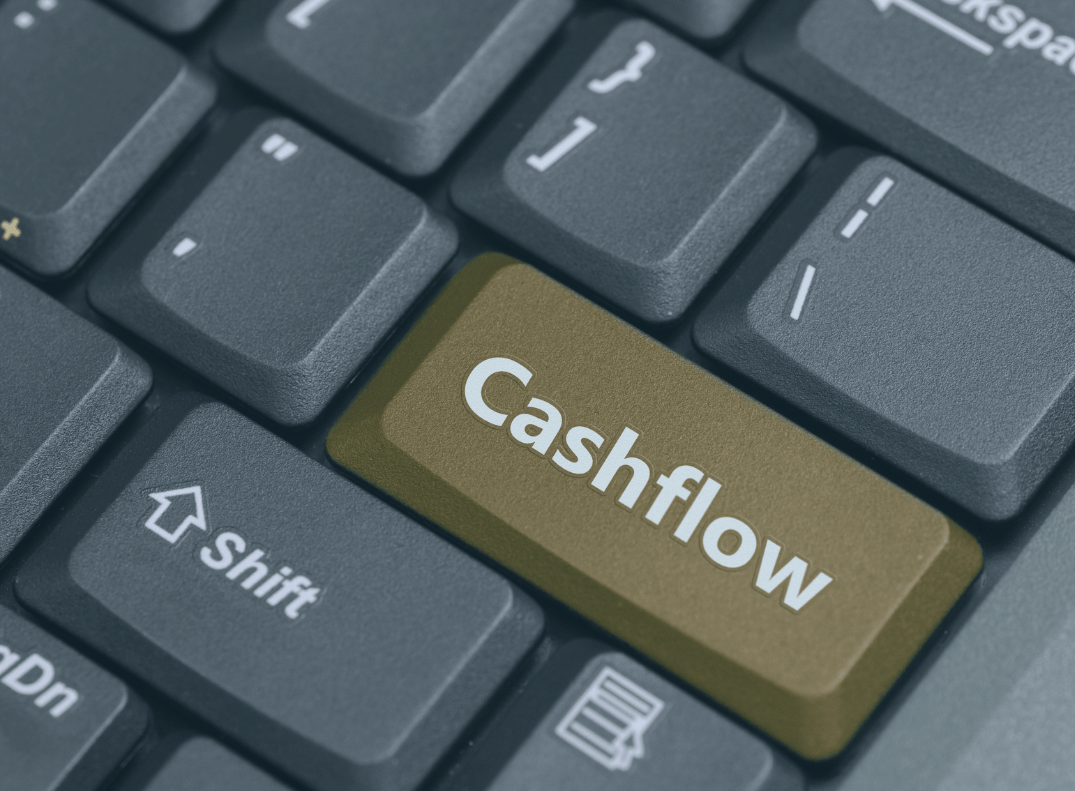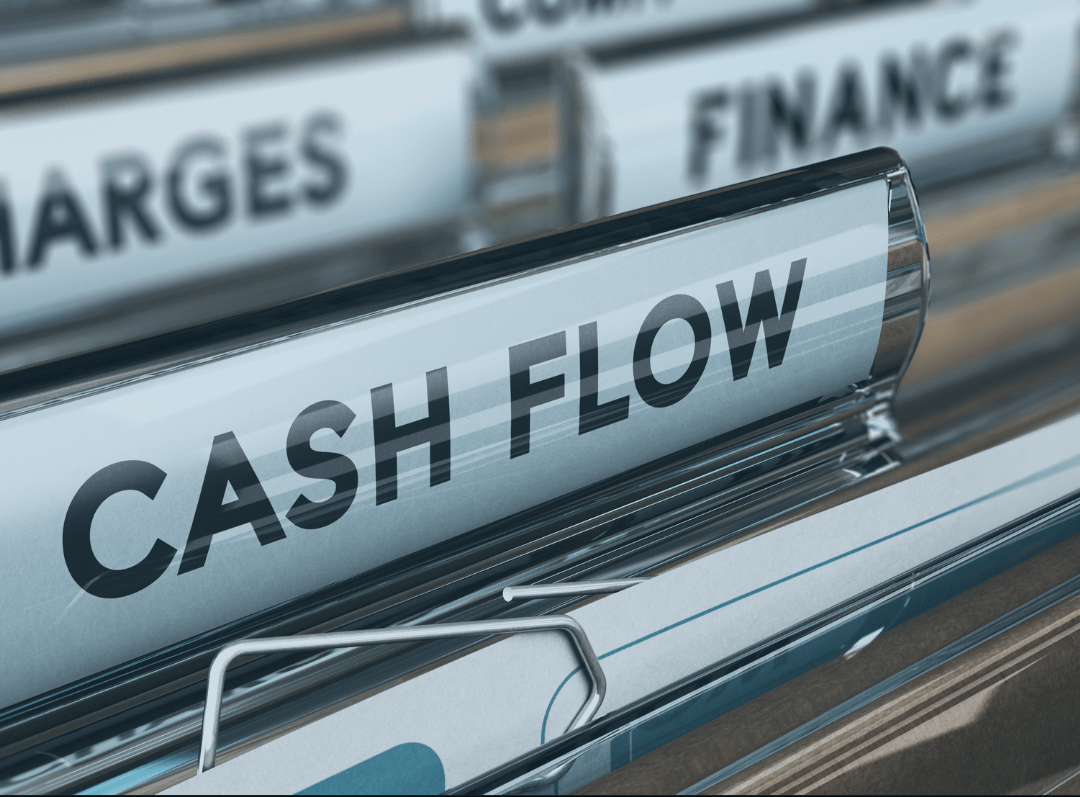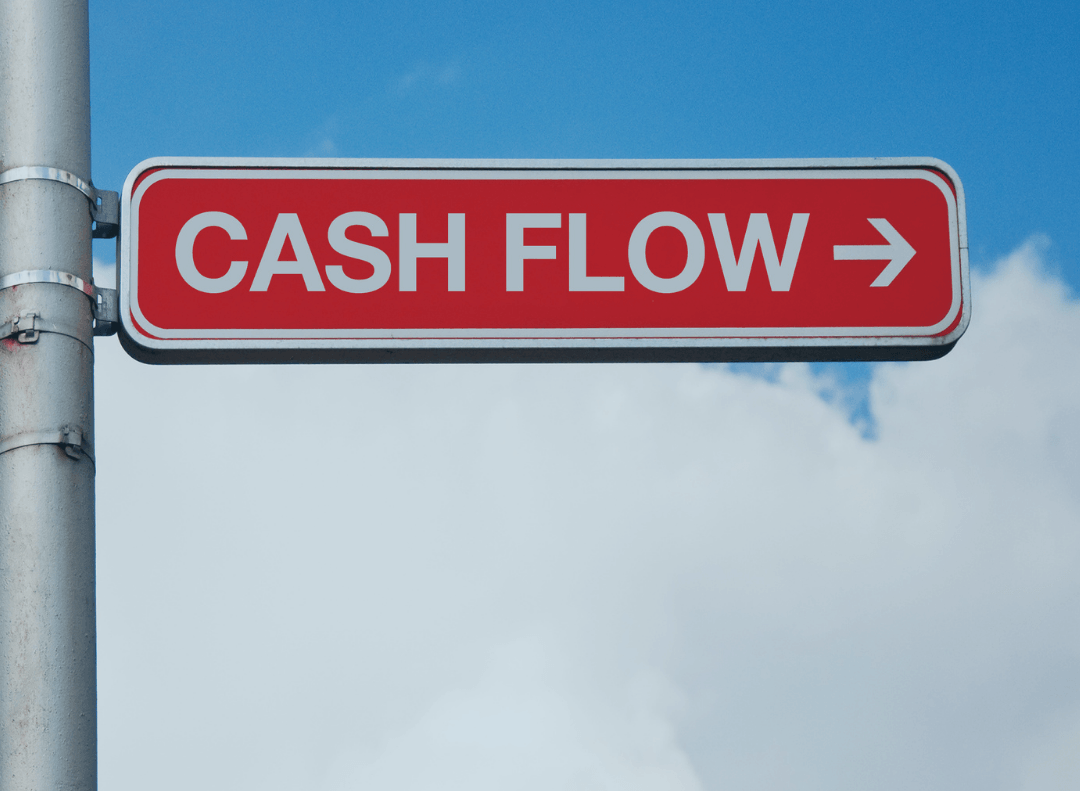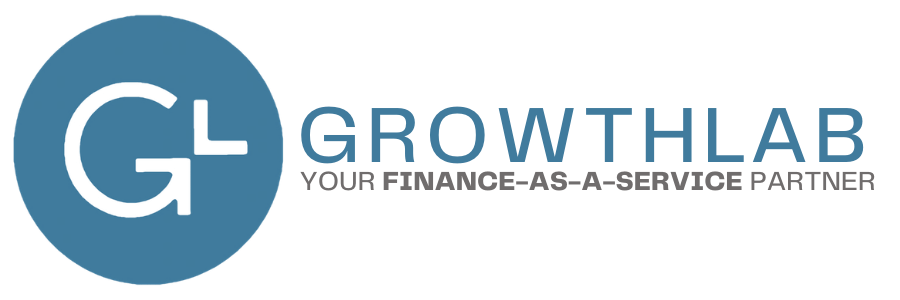Reading a Statement of Cash Flows
Despite the cash flow statement being one of the most important financial statements, it’s too often overlooked. So what is a cash flow statement? Essentially, a cash flow statement informs you of how well your business is managing its cash flows. This is crucial as cash is the lifeblood of your business. It’s what allows you to pay your employees, vendors, and taxes so you can continue to operate. To us, “Cash is King”.
Note that cash flow is not the same as profit as profit is what you have left over after you’ve paid all your expenses. The difference comes down to whether or not your customers pay you, and whether or not you pay your vendors. For most, these are the only two factors that create a difference between profit and net cash flow. Let's take a closer look at what you’ll find on a cash flow statement and how to read one.
Benefits of a Cash Flow Statement
With a cash flow statement, you’ll know how much money you had at the start and end of a certain time period, along with the flows of cash in and out during that time. In addition, it can be a great indicator to the long-term viability of your business, especially when you look at the specific sources and uses of cash. As stated above, it’s not all about revenue. You may have great revenue, but if you generate all your revenue from a handful of customers who are late to pay - or don’t even end up paying - then you may as well not generate the revenue in the first place.
How to Calculate Cash Flow
There are two ways to calculate cash flow: the direct method and the indirect method. With the direct method, which offers a great deal of detail, you add up all of your payments and receipts so you can make informed financial decisions. The indirect method is when you take net income and adjust it by removing the costs of non-operating activities. Due to the way transactions are usually recorded, the indirect method is easier than the direct method.
Cash Flow Statement Example
Here’s an example of what a typical cash flow statement looks like.
Cash flows from operating activities:
Net income: $20,000
Adjustments to reconcile net income to net cash provided by operations:
Credit card: $1,000
Payroll liability: $3,000
Total adjustments: $4,000
Net cash provided by operating activities: $24,000
Cash flows from investing activities:
Buying equipment and software: -$10,000
Net cash provided by investing activities: -$10,000
Cash flows from financing activities:
Preferred stock: $6,000
Net cash provided by financing activities: $6,000
Net cash increase: $20,000
Cash at the beginning of the period: $100,000
Cash at the end of the period: $120,000
Components of a Cash Flow Statement
To read a cash flow statement correctly, it’s a good idea to familiarize yourself with its various components, which include:
Operating Activities
Operating activities show the money you received or spent to keep your business operating smoothly. Several examples of operating activities are the purchase of raw materials, building inventory, vendor payments, payroll, and marketing activities.
If the indirect method was used to create the statement of cash flows, you’ll see the net income at the top of the operating activities statement. You’ll also notice adjustments to reconcile your net income to net cash. This will list non-cash revenue or expenses that haven't hit your bank account yet. Once the adjustments are factored in, the final figure will indicate net cash from operating activities.
Investing Activities
Also known as capital expenditures, investing activities record the cost of investments your business made. They can give you and potential investors a peek into the effect of your investments within a certain time period.
Some examples of investing activities include buying or selling physical assets like equipment or software, acquiring with another business, and buying or selling stocks and bonds from other businesses. After these figures get added, you’ll have your net cash flows from investing activities.
Financing Activities
The last component of your cash flow statement is known as financing activities. It outlines transactions that other parties make in your business. These may be incurring or paying off debt, issuing or buying back equity, and paying dividends to shareholders.
The total number from this section shows your net cash flows from financing activities. It can help you as well as potential investors gauge your financial health and figure out whether you may sustain your funding model.
Keep Your Business Running Smoothly with a Cash Flow Statement
While an income statement relates to revenues, expenses, gains, and losses in operating and non-operating activities, it doesn’t involve cash. A cash flow statement is where you can clearly identify the cash coming in and out of your business as it relates to operating, investing, and financial activities during a certain time period.
By learning how to read and make sense of your statement, you can ensure your organization always has enough cash on hand to cover important expenses and continue operations.
More Blogs Related to Cash Flow

